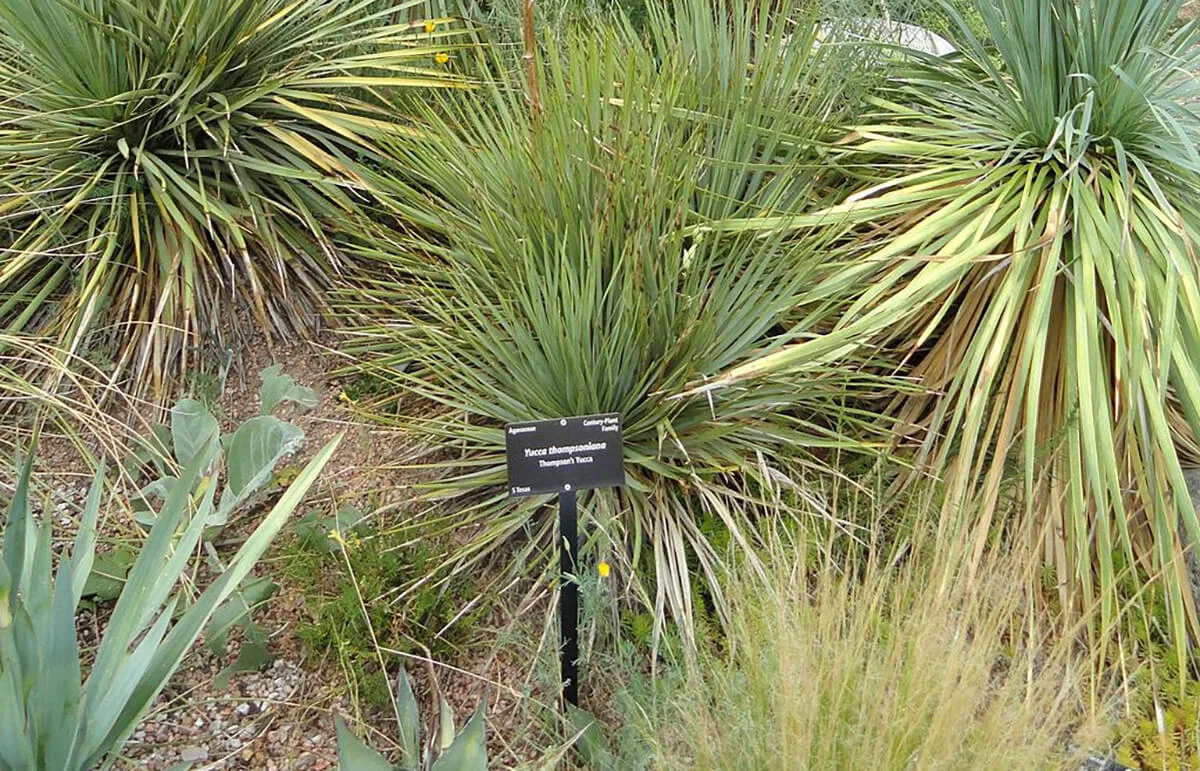
Researchers found that a third of species could be extinct in 50 years if global warming is not reduced.
The study, published Monday in the official journal of the National Academy of Sciences, looked at data from 538 species and 581 global sites.
Researchers from the university examined projections of future climate conditions, and the rate of species movement. They also took into account the recent extinctions of plants, insects, birds, reptiles, and amphibians to come up with their estimate.
“By analyzing the change in 19 climatic variables at each site, we could determine which variables drive local extinctions and how much change a population can tolerate without going extinct,” researcher Cristian Román-Palacios explained in a press release.
“We also estimated how quickly populations can move to try and escape rising temperatures,” he said. “When we put all of these pieces of information together for each species, we can come up with detailed estimates of global extinction rates for hundreds of plant and animal species.”
Román-Palacios and fellow researcher John J. Wiens made another important finding from their experiments. The two determined that the key variable for explaining why a species will go extinct is a region’s hottest daily temperatures, rather than average yearly temperature.
While global warming would affect all species, it’s expected to hit the tropics the hardest. The pair said many species will not be able to relocate to a cooler habitat fast enough to avoid extinction.
“This is a big problem, because the majority of plant and animal species occur in the tropics,” Román-Palacios said in the release.
How could these extinctions play out in Arizona?
Wiens said he and his colleague think many species will be at risk due to the high summer temperatures in the state.
The researcher said southern Arizona is a subtropical region home to some tropical species, one of which has already gone regionally extinct.
“The Tarahumara frog is extinct in Arizona because of chytrid fungus, and chytrid-related declines seem to involve an interaction between the fungus and climate change,” he told The Copper Courier.
Wiens also said species at risk of extinction in Arizona under worst-case scenarios include Thompson’s yucca, Schott’s agave, beargrass, alligator juniper, and the Gambel oak.
Support Our Cause
Thank you for taking the time to read our work. Before you go, we hope you'll consider supporting our values-driven journalism, which has always strived to make clear what's really at stake for Arizonans and our future.
Since day one, our goal here at The Copper Courier has always been to empower people across the state with fact-based news and information. We believe that when people are armed with knowledge about what's happening in their local, state, and federal governments—including who is working on their behalf and who is actively trying to block efforts aimed at improving the daily lives of Arizona families—they will be inspired to become civically engaged.


He said what? 10 things to know about RFK Jr.
The Kennedy family has long been considered “Democratic royalty.” But Robert F. Kennedy, Jr.—son of Robert F. Kennedy, who was assassinated while...

Here’s everything you need to know about this month’s Mercury retrograde
Does everything in your life feel a little more chaotic than usual? Or do you feel like misunderstandings are cropping up more frequently than they...

Arizona expects to be back at the center of election attacks. Its officials are going on offense
Republican Richer and Democrat Fontes are taking more aggressive steps than ever to rebuild trust with voters, knock down disinformation, and...

George Santos’ former treasurer running attack ads in Arizona with Dem-sounding PAC name
An unregistered, Republican-run political action committee from Texas with a deceptively Democratic name and ties to disgraced US Rep. George Santos...





